Podcast: Play in new window
Subscribe: Apple Podcasts | RSS | More

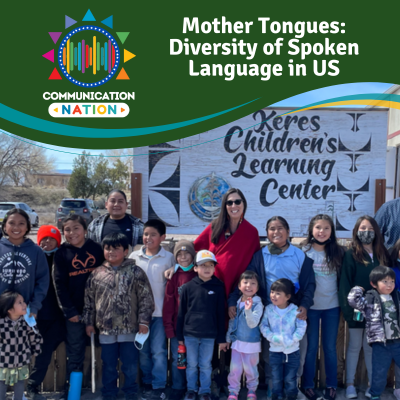
Communication Nation Episode 2: Mother Tongues focuses on the incredible diversity of language around us, from appreciation of the way names sound, to the saving of endangered indigenous languages. We meet author Joanna Ho, and we take a visit to Keres Children’s Learning Center in Cochiti Pueblo, New Mexico to hear the ancient Keres language.
Find the full set of educator tools and activities at the bottom of this page
This is the second episode of our 4 part series, Communication Nation. Mother Tongues refers to the very first languages we spoke. For some of us, there might be more than one language. We are going to explore the importance of our Mother Tongue, and how it helps us understand ourselves, and our cultures better.

Our first guest is bestselling author, Joanna Ho whose latest book for children describes how six different children with names that are difficult for English speakers to say, explain the meaning and importance of each of their names.
In a conversation with our Kids Crew, Joanna explains how she learned to love her own name, which means something very different in English than in Chinese. We learn that language diversity is an important part of the fabric of the American culture.
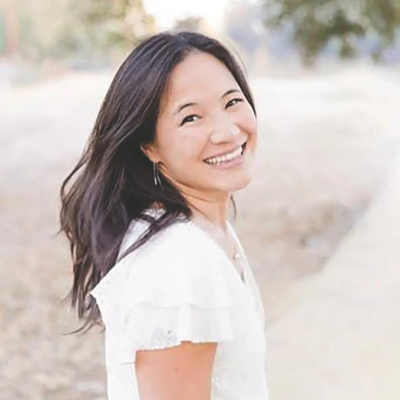
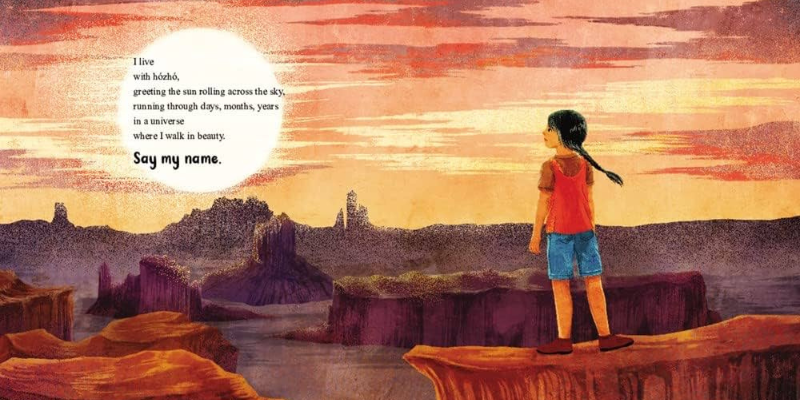
Who I Am?
Your identity is who you are as a person. Each person has a story and background that help make up who they are. Understand more about your own identity by classifying information about you in this activity for kids of all ages.
Then we head to Cochiti Pueblo, New Mexico, with a population of 404 people. We are going to the Keres Children’s Learning Center where the Cochiti dialect of the ancient Pueblo language Keres is being taught to children from preschool through high school. Keres is an oral language, it’s not written.
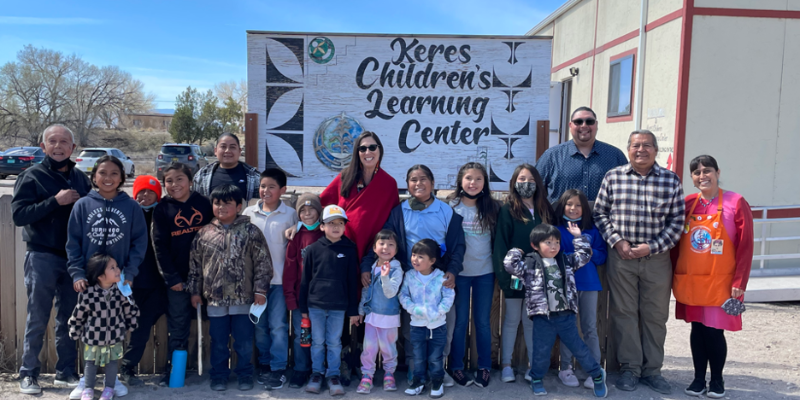
Dr. Curtis Chavez is the school director, and he explains how they determined that they needed to find their own way to resurrect the Keres language, so they started the Indigenous Montessori Network to teach other Native Communities how to bring back their languages too.
Preserving Community Assets
Your community consists of the people, places, ideas you are surrounded by, and what you value. Anyone can be part of multiple communities at the same time. Some may choose to be part of some communities, such as a club. Each one of us is also automatically a member of others, such as a school community. Within every community, there are many assets (useful and valuable resources) that strengthen communities. People can support their community by working to preserve or protect its assets. Learn more about our community assets in this fun activity.
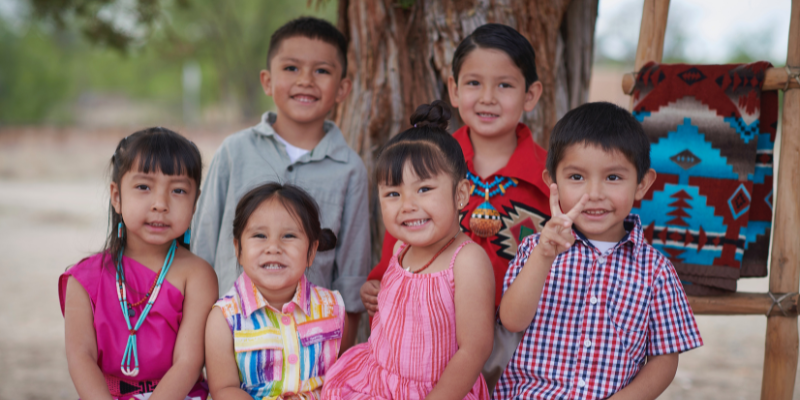
We also visit Mr. Bernard Suina’s middle school class where the children’s are learning how to make moccassins. The school uses immersion as a way to teach the language, meaning only Keres may be spoken inside the school, with some limited exceptions for teaching upper level science and math classes.
Oral Story Activity
How do stories come to be, and how are they passed along? In this activity, your challenge is to design a visual story that can be told orally (out loud) in any language. Think of a time when you or someone you know learned a life lesson. Share ideas with others and create a list, including at least one drawing.
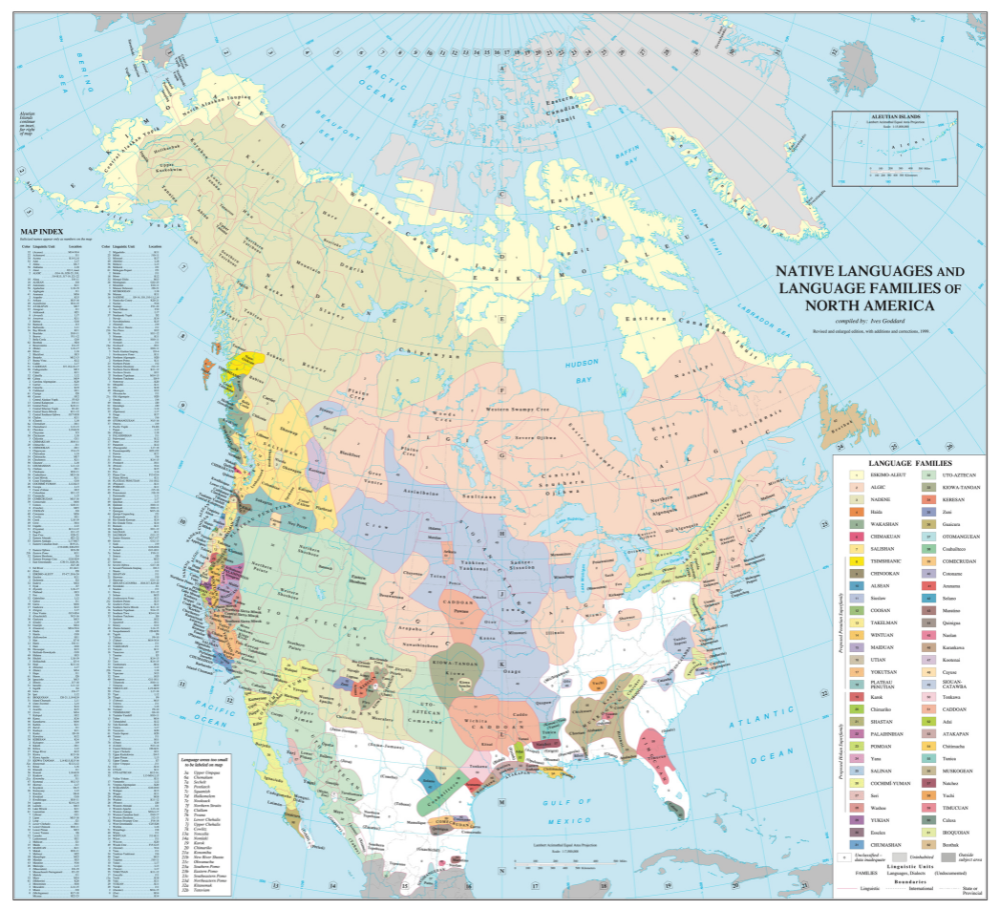
This show was produced by our Executive Producer, Katie Stone, with help from Senior Producer Christina Stella. Chad Scheer provided live engineering at Outpost Performance Space. Lorraine Archibald wrote our learning guides. We also had support from 2024 Summer Intern Thaniel Lentz.
© 2024 The Children’s Hour Inc, All Rights Reserved
Playlist: Mother Tongues
| title | artist | album |
|---|---|---|
| I Am Steve | Hey Steve | Steve by Steve - EP |
| All Accents Are Art | Vivian Fang Liu | Accents of Love |
| What's Your Name | Mike Soloway | Hungry for Manners - Songs of Kindness, Politeness and Love |
| Allow Me To Introduce Myself | Charles R. Smith Jr. | Hip Hop Speaks to Children |
| My Name | Falu | Falu's Bazaar |
| Samara | Podington Bear | Carefree |
| Remember Your Name | Ayana Gregory | I Dream A World |
| This Is Ohlone Land (Introduction) [feat. Kanyon Coyote Woman Sayers-Roods] | Alphabet Rockers | The Love |
| Pueblo Corn Dance in Keres and Towa | Shikyame Lewis | single |
| Grandma's Words | Talibah | Navajo Songs for Children |
| Some Bass & Drums | Maarten Schellekens | single |
| All Spirits Sing | Joanne Shenandoah | All Spirits Sing |
| Color Country | Blue Dot Sessions | The Balloonist |
| The Language Of Lullabies | Sam Tsui & Casey Breves | Why Do We Sing? (The Official Soundtrack) |
| Salaam | The Mosaic Project, featuring Brett Dennen | Children's Songs for Peace and a Better World (feat. Brett Dennen) |
| Everybody Laughs in the Same Language | Bozo the Clown | Get Down With the Clown |
Communication Nation - Mother Tongues Learning Guide, Audio & Activities
Part One - What's In A Name?
Mother Tongues Part 1: What's In A Name?
Who I Am?
Your identity is who you are as a person. Each person has a story and background that help make up who they are. Understand more about your own identity by classifying information about you in this activity for kids of all ages.
Part two - Saving America's First Languages
Mother Tongues Part 2: Saving America's First Languages
Preserving Community Assets
Your community consists of the people, places, ideas you are surrounded by, and what you value. Anyone can be part of multiple communities at the same time. Some may choose to be part of some communities, such as a club. Each one of us is also automatically a member of others, such as a school community. Within every community, there are many assets (useful and valuable resources) that strengthen communities. People can support their community by working to preserve or protect its assets. Learn more about our community assets in this fun activity.
Part Three - Preventing Extinction of Indigenous Languages
Mother Tongues Part 3: Preventing Extinction of Indigenous Languages
Oral Story Activity
How do stories come to be, and how are they passed along? In this activity, your challenge is to design a visual story that can be told orally (out loud) in any language. Think of a time when you or someone you know learned a life lesson. Share ideas with others and create a list, including at least one drawing.
Thank you Sponsors
This program is made possible by funding from the National Endowment for the Humanities and the United We Stand Connecting Through Culture Initiative, and by the New Mexico Humanities Council. Any views, findings, conclusions, or recommendations expressed in this program do not necessarily represent those of the National Endowment for the Humanities or the New Mexico Humanities Council.













